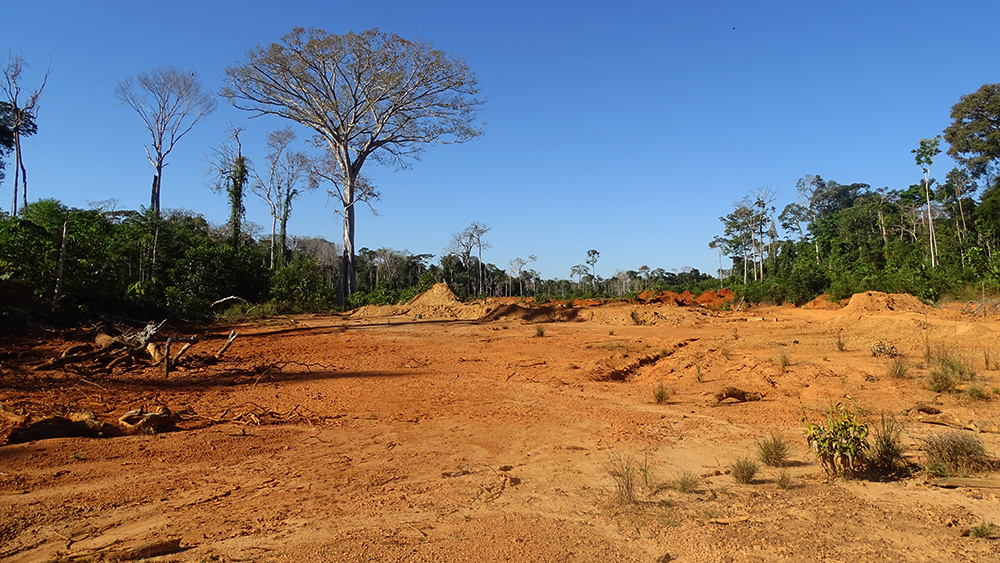
Desmatamento em Territórios Indígenas atinge recorde, aponta boletim
By Henrique Saunier
Translated by Fernanda Barbosa and Felipe Sá
Deforestation in indigenous lands hit a record high in 2017, devastating the equivalent of more than 2,000 football fields in the Tupi-Mondé Corridor, a mosaic composed of seven Indigenous Lands located between the states of Mato Grosso and Rondônia. The analysis was released on Thursday (17) in the second edition of the Deforestation Bulletin of the Tupi-Mondé Corridor, a bi-annual publication that tracks the progress of deforestation in the region.
The bulletin points out that, during 2017, 2,300 hectares were deforested in seven Indigenous Lands where the Corridor is located, representing record numbers of forest cover loss.
A heavily targeted territory for mining, agricultural and cattle farming sectors, Indigenous Land Sete de Setembro, with a forest area of 238,000 hectares and a population of 1.3 thousand indigenous, led the ranking of 2017, losing more than 900 hectares of native forest. The full list is available at the link below.
>> Access the report here (Portuguese only)
The native forest cover loss rates shown in the bulletin attest that natural resources continue to be exploited and exhausted at an alarming pace without control by the responsible monitoring agencies. Among the main vectors of deforestation identified by the study are the exploitation of minerals (gold, diamond), illegal logging, followed by fires or cuts for pasture and agriculture, as well as irregular invasions by external actors.
“The challenges for the conservation of the Indigenous Lands of the Tupi-Mondé Corridor are enormous. The pressure for deforestation is increasing due to the expansion of economic activities related to cattle farming and timber removal within the Indigenous Lands. There is still a long way to go to promote sustainable development in these territories”, stated Josias Gavião, leader of the Gavião Indigenous People.
Deforestation affects each Indigenous Land differently, causing the fragmentation of the forest corridor and threatening its biodiversity. But beyond biodiversity, the devastation of the forest threatens the protection of the traditional culture of almost six thousand indigenous representatives originally from the Cinta Larga, Zoró, Paiter Suruí, Gavião and Arara peoples who live in the region.
An activist from the indigenous movement, coordinator of the Kanindé Ethno-Environmental Defense Association, Ivaneide Bandeira, considers the scenario alarming and not different from what happens in indigenous territories all over the country. She advocates not only for greater public agencies’ oversight, but punitive measures to prevent recurrence of this type of crime.
“This reflects what happens in almost all indigenous lands in Brazil, a portrait of the lack of law enforcement, generating impunity, environmental damage and social conflicts. The pressure from NGOs has contributed to some action being taken, but it comes down to the fact that, when there is an inspection, no continuity is given nor are offenders punished. Because NGOs do not have the necessary legal structure to prosecute crimes, , it results that the inspection is as far as we go, since the judges, in the majority of the times, release the violators with their equipment , allowing them to return once again to steal the indigenous land”, denounces Bandeira.
According to Idesam’s Climate Change Program manager, Pedro Soares, in addition to the mining activity that degrades the territory, the intense flow of capital that comes from the sale of the minerals ends up being invested in new deforestation and expansion of pasture areas.
Soares emphasizes that one of the main problems is the chronic absence of the competent control bodies, which do not have the necessary structure to guarantee the protection and sustainable development of these territories.
For the development of the deforestation analysis in the Tupi-Mondé Corridor, Idesam was supported by the Global Forest Watch (GFW) platform, which allowed the Institute to analyze land use changes in the territories. Consultations were also held with local indigenous leaders to understand and validate the agents and vectors that pressure the Indigenous Territories and favor the deforestation of forests in the Amazon.
Beyond GFW, Idesam also counts on the local support from: Amazon Conservation Team (Ecam), Metareilá Association of the Suruí Indigenous People and the Kanindé Ethnic-Environmental Defense Association.

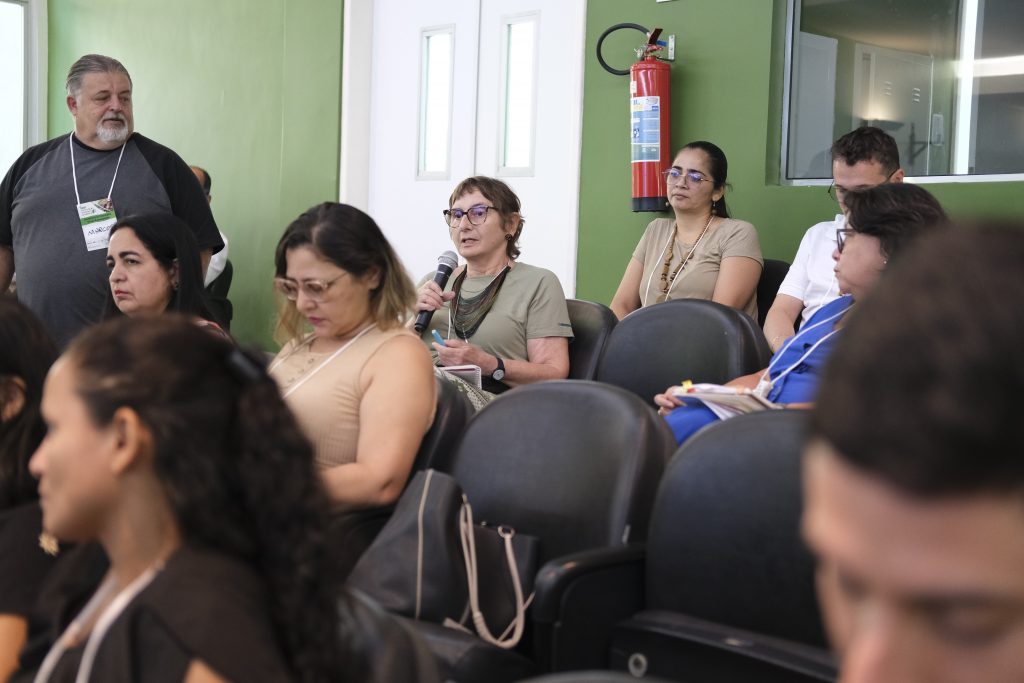
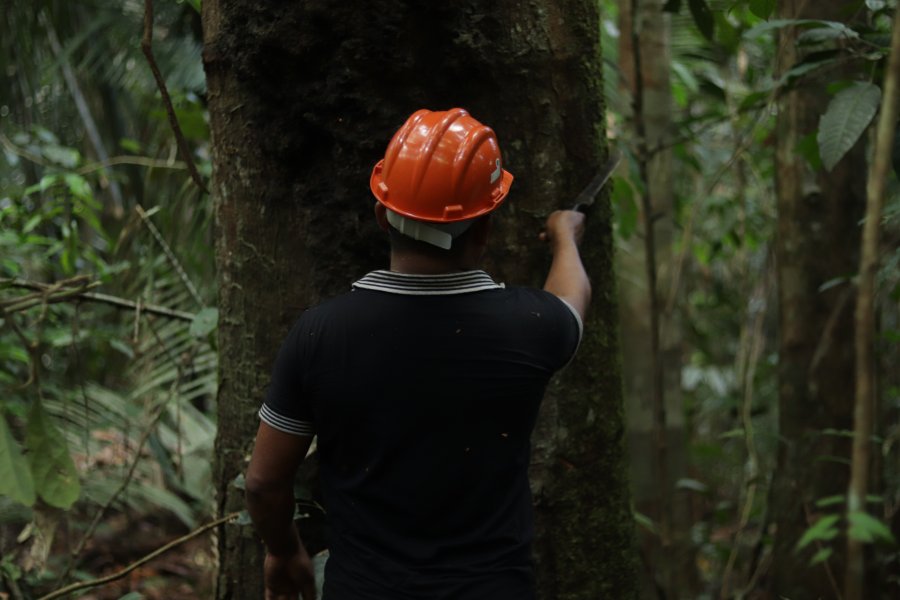
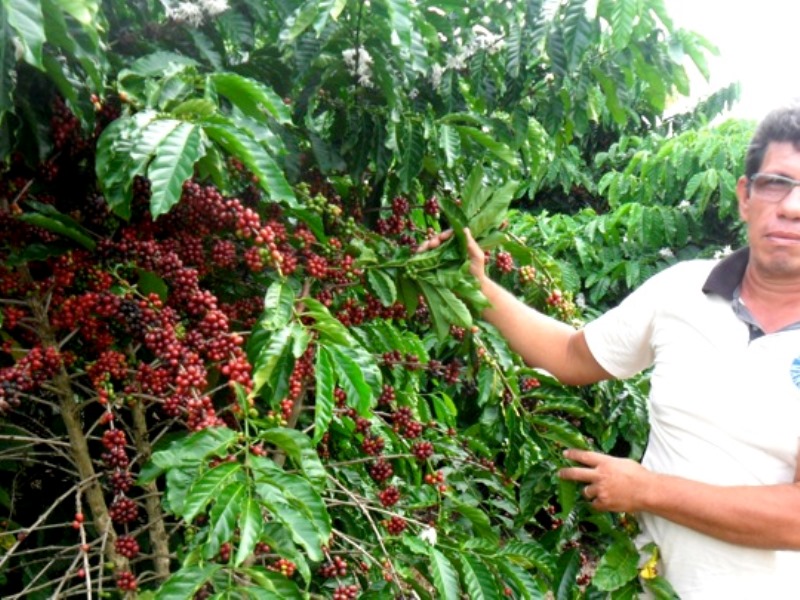
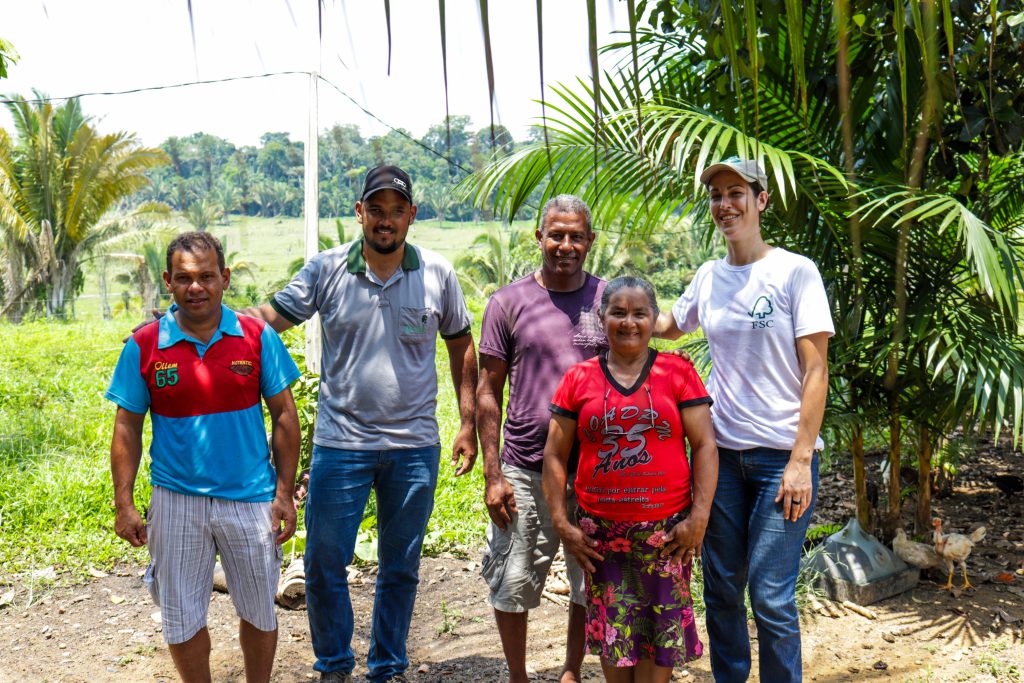
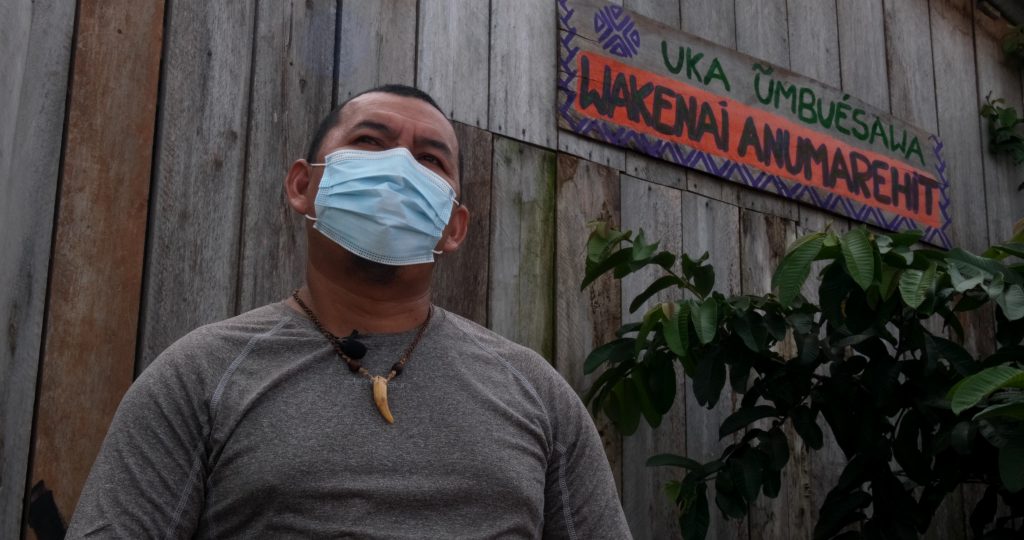


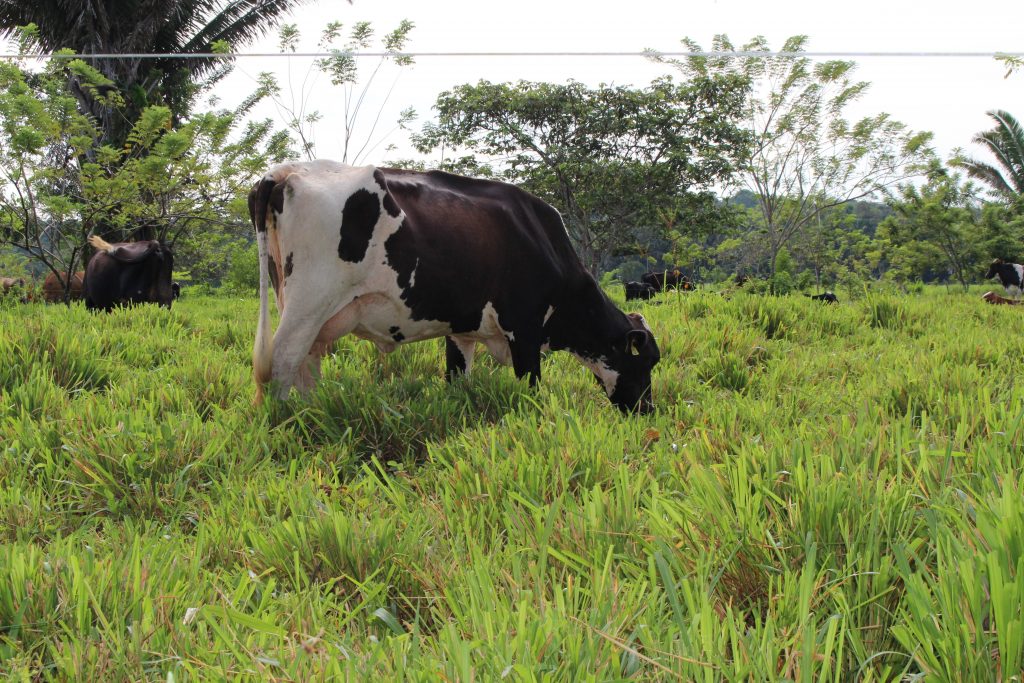
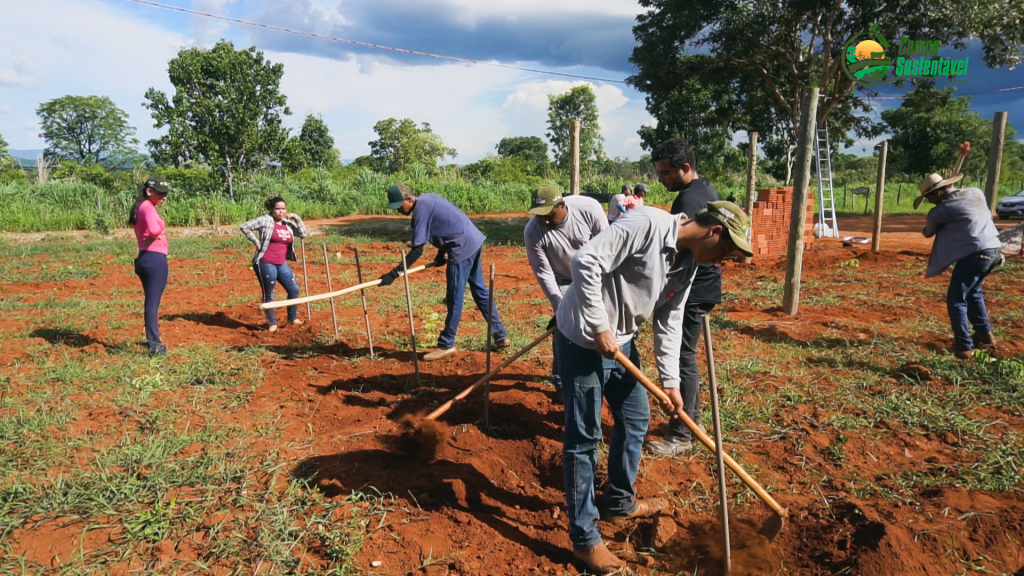

Leave a Reply